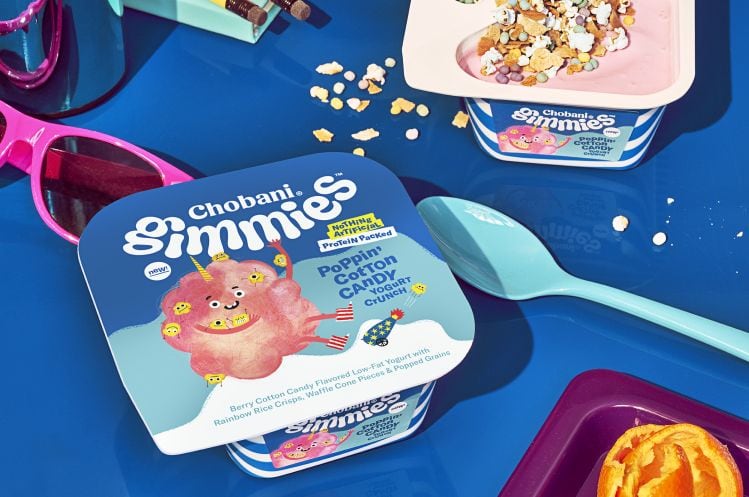Children’s eating habits are formed at a very early age with the preschool years being an especially critical period, since children begin to make their own decisions and form their own attitudes about food and beverages (Nestlé's Feeding Infants and Toddlers Study).
This can leave young children particularly susceptible to direct advertising of unhealthy foods such as sugary breakfast cereals, according to the Dartmouth-Hitchcock study.
"One factor believed to contribute to children's poor quality diets is the marketing of nutritionally-poor foods directly to children," said lead study author, Jennifer Emond, PhD, member of the Cancer Control research program at Dartmouth's Norris Cotton Cancer Center and Assistant Professor in the Department of Biomedical Data Science Geisel School of Medicine.
"Brands specifically target children in their advertising knowing that children will ask their parents for those products."
The brands included in the study were Cinnamon Toast Crunch, Cocoa Pebbles, Cocoa Puffs, Froot Loops, Frosted Flakes, Fruity Pebbles, Honey-Nut Cheerios, Lucky Charms, Reese's Puffs, and Trix. Each with an added sugar content ranging from 9 to 12 grams.
By contrast, the Interagency Working Group, a group of four US government agencies that examine food marketed to children, recommend fewer than 8 grams of sugar per 30 gram serving of kids breakfast cereal.
Methods and results
The observational study carried out by Dr Edmond and her research team surveyed 624 US preschool-age children (mean age was 4.3-years-old) and their parents every eight weeks over a 1.5-year period (2014-2015). Results were compiled and analyzed in 2016-2017.
The study assessed kids' TV ad exposure based on the TV shows they watched on specific children's network TV. Dr Emond's team purchased an advertising database and counted, by brand, the cereal ads that aired on the children's TV network programs that each child watched.
Parents were then asked about the shows their kids watched and what cereals their kids ate in the past week, every eight weeks, for one year. At each assessment, on average, roughly 20% of children were exposed (either within the past seven days or in a prior weekly assessment) to sugary breakfast cereal advertisements and between 43.7% and 47.3% of children consumed at least one advertised cereal.
High-sugar cereal consumption was significantly greater among children who were exposed to advertisements compared with those who were not at each follow-up assessment, researchers found.
"Our models accounted for several child, parent and household characteristics, and whether the child ate each cereal before the study started. We were able to isolate the effect of cereal advertisement exposure on kids' intake of cereals, independent of all of those other factors," Dr Emond noted.
"We found that kids who were exposed to TV ads for high-sugar cereals aired in the programs they watched were more likely to subsequently eat the cereals they had seen advertised."
Supporting quality diets at a young age
Dr Edmond added that decreasing the amount of marketing of high-sugar foods to kids could have a direct positive impact on diet quality and reduce the risk of obesity and related chronic diseases.
"Child-targeted marketing of foods high in sugar makes it hard for parents to shape healthy eating habits in our kids. It's hard to even notice sometimes. But, it is modifiable. There are policy-level actions that could be implemented to reduce children's exposure to food marketing and to improve the quality of the foods marketed to kids. And we as parents have the choice to switch to ad-free TV for our children and for ourselves," Dr Edmond said.




